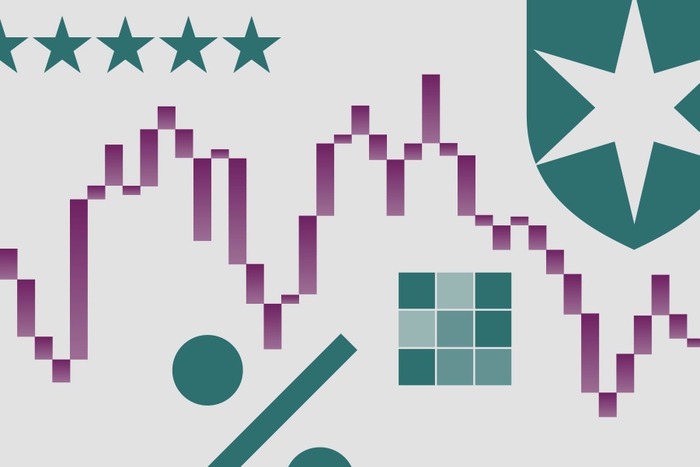
Report Release Date: 9 Sep 2010
Analyst: Oliver Kettlewell
Morningstar Opinion
The portfolio manager has reduced this fund's risk profile relative to the peer group.
Frédéric van Parijs became portfolio manager of the ING (L) Materials fund in Aug. 2009. The fund’s former manager Richard Keizer was made lead analyst. ING’s intention was to have a clear distinction between manager and analyst that would improve the fund's risk/return profile. Keizer now concentrates on stock research, while Van Parijs constructs the portfolio. Van Parijs has reduced risk relative to the benchmark, but somewhat consequentially performance has become middling. One year trailing returns to 31 July 2010 are within 2% of the benchmark, whereas pre-2010 calendar year returns were highly volatile under the previous team structure.
The team’s research is still the same: They target companies with structural competitive advantages. Such firms include those with high barriers to entry and a low cost structure. This tends to lead to decent-sized positions in the big miners that benefit from economies of scale. For portfolio construction, Van Parijs aims to construct a portfolio with high active share (measured as the difference between the fund’s holdings and the benchmark) and low tracking error (low deviation of the fund's returns from the benchmark). The tracking error range for the ING Basic Materials fund is 3%-6%. The fund’s performance is kept within this range by holding subsector bets nearly neutral relative to the benchmark, while allowing for a number of small stock-specific bets to achieve active share.
In practice, the manager keeps stock positions within 2% of the benchmark weight. Gold mining companies Goldcorp and Barrick Gold Corp were two of the bigger bets during Van Parijs’ first year in charge. The miners were favoured because of their relatively low betas compared with industry peers. The two stocks performed well, but the best-performing gold miner in recent months has been Newmont Mining Corp, which ING avoided.
Of the two big mining stocks that dominate the materials sector, Rio Tinto is preferred over BHP Billiton. However, the manager feels compelled to maintain BHP as the second-largest holding in the portfolio due to its heavy presence in the benchmark. The underweight position is therefore just 2.5% less than the benchmark weight. This small difference has still helped performance in recent months as BHP’s share price has weakened on the questionable value added by acquiring its industry peer Potash Corp.
The advantage of maintaining positions in big benchmark names in which you have a low opinion, such as BHP, is it reduces the chance of significant underperformance against the benchmark. The disadvantage is that the lower conviction in your stock research results in a smaller chance of outperformance. We are therefore leaving our Standard rating unchanged.
*The above returns are in EUR terms.
To learn more about the fund, please click here.
To read the summary report, please click here.

















